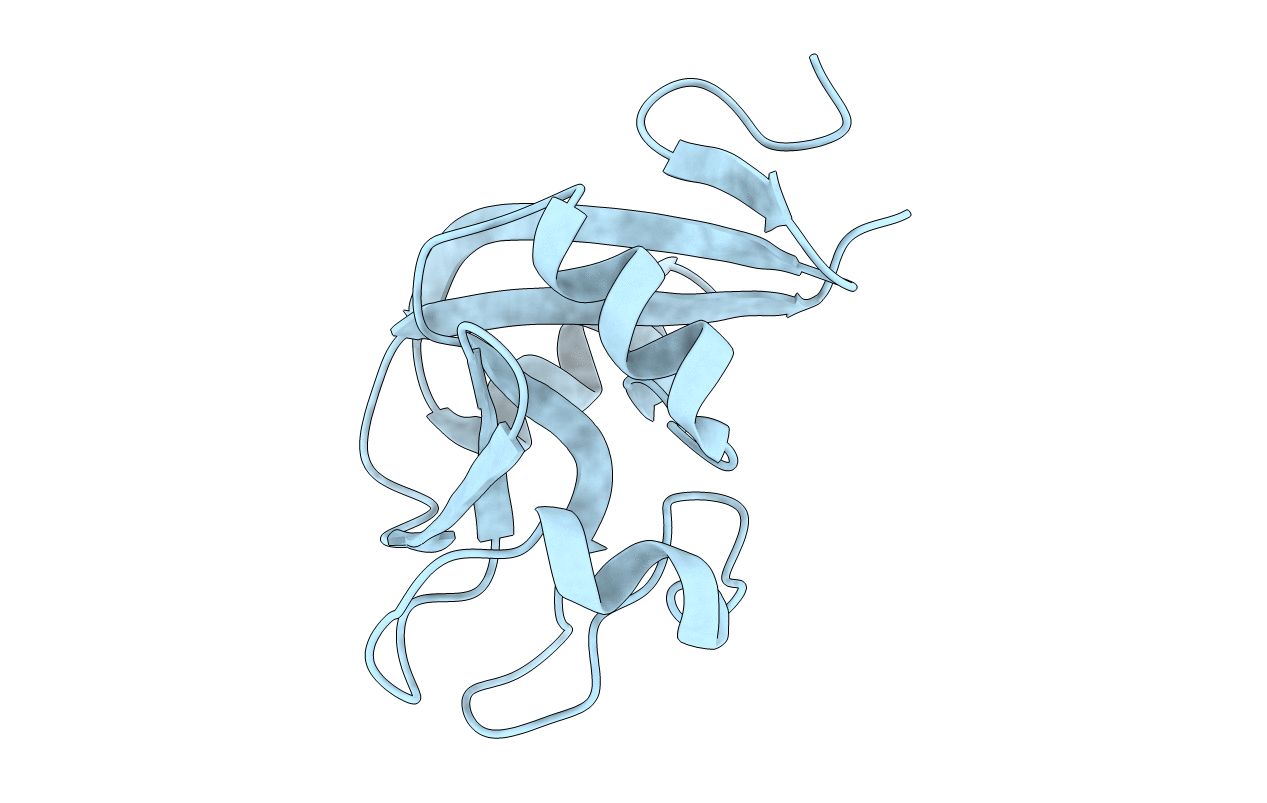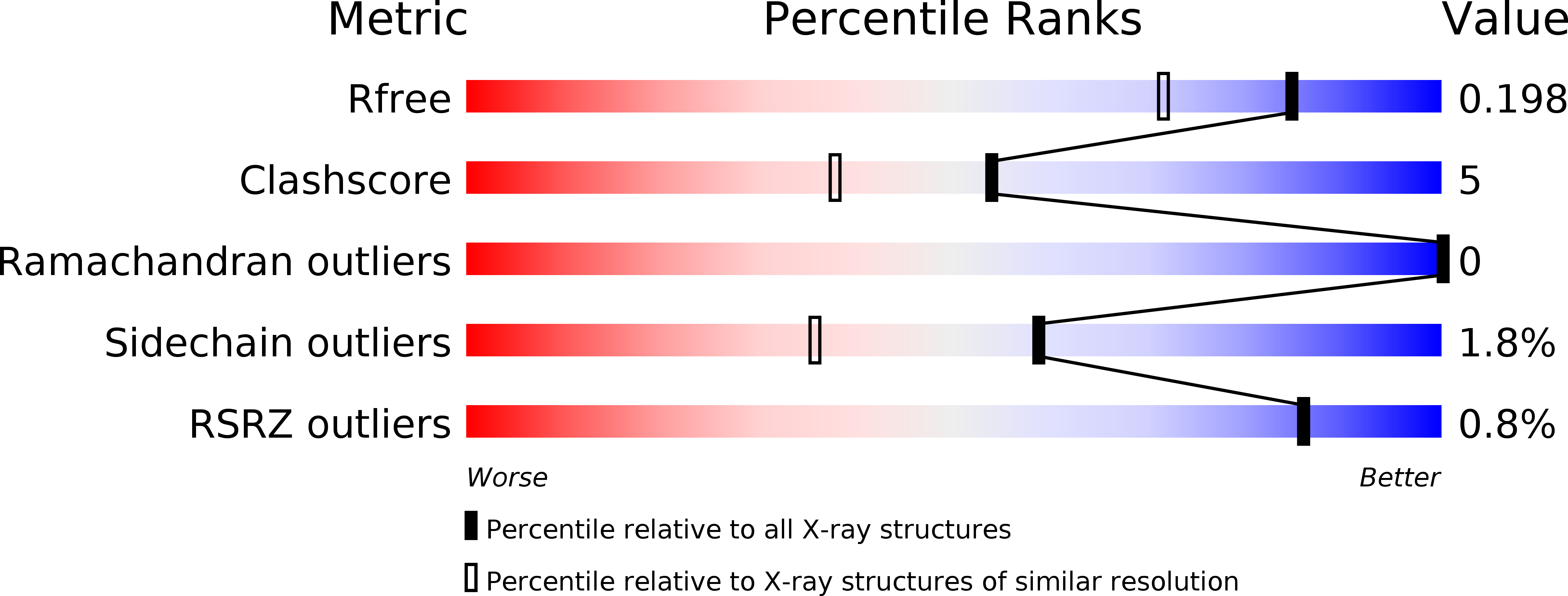
Deposition Date
2005-11-11
Release Date
2006-11-20
Last Version Date
2024-10-16
Method Details:
Experimental Method:
Resolution:
1.60 Å
R-Value Free:
0.19
R-Value Work:
0.15
R-Value Observed:
0.16
Space Group:
P 21 21 21


